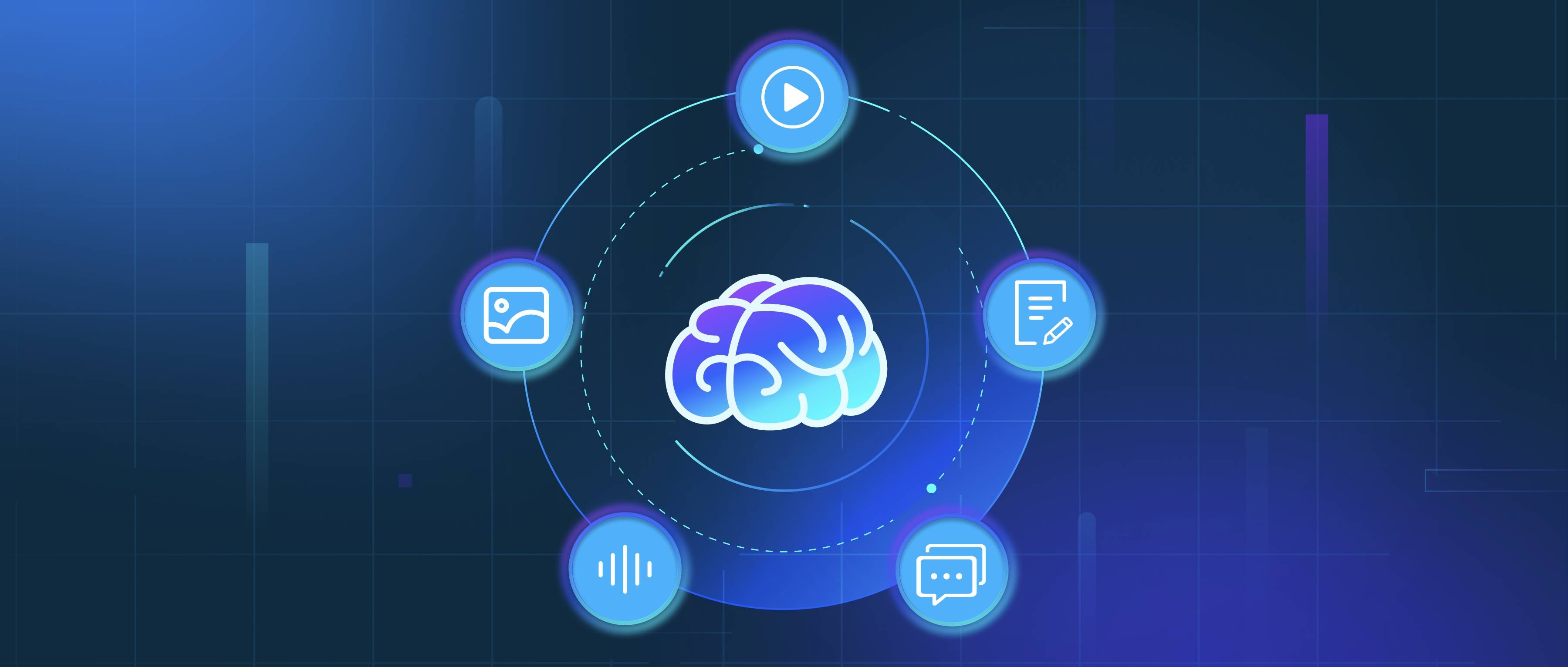CLIP and similar vision-language embedding models work by learning a shared representation space where images and text can be directly compared. These models are trained on large datasets of image-text pairs, such as photos with captions, to align visual and textual information. The core idea is that both modalities (images and text) are encoded into vectors (embeddings) in a way that semantically similar content—like a picture of a dog and the sentence "a brown dog"—ends up close together in this shared space. During training, the model learns to maximize the similarity between embeddings of matching image-text pairs while minimizing similarity for mismatched pairs. This contrastive learning approach allows the model to understand relationships between visual and textual concepts without needing explicit labels for every possible category.
The architecture typically involves two separate neural networks: one for images (e.g., a Vision Transformer or ResNet) and one for text (e.g., a transformer-based encoder). For example, in CLIP, an image of a cat is processed by the image encoder to produce a vector, while the text encoder converts a phrase like "a photo of a cat" into another vector. These vectors are normalized and compared using cosine similarity. During training, the model adjusts the encoders so that correct pairs have high similarity scores. A key strength of CLIP is its ability to perform zero-shot classification: after training, it can classify images into new categories not seen during training by comparing the image embedding with embeddings of text prompts like "a photo of a dog" or "a photo of a car." This eliminates the need for task-specific fine-tuning.
Other vision-language models, like ALIGN or Flamingo, use similar principles but may differ in architecture or training details. For instance, some models incorporate cross-attention layers that allow deeper interaction between image and text features during processing. Developers can leverage these models through libraries like Hugging Face Transformers or OpenAI's API. Practical applications include image search (finding pictures matching a text query), content moderation (flagging images that contradict text guidelines), and multimodal chatbots. Challenges include handling rare or abstract concepts and mitigating biases from training data. For example, CLIP might struggle with niche terms like "quokka" if they’re underrepresented in its training data. Despite limitations, these models provide flexible tools for combining vision and language, enabling tasks like generating image captions or verifying if an image matches a textual description.
